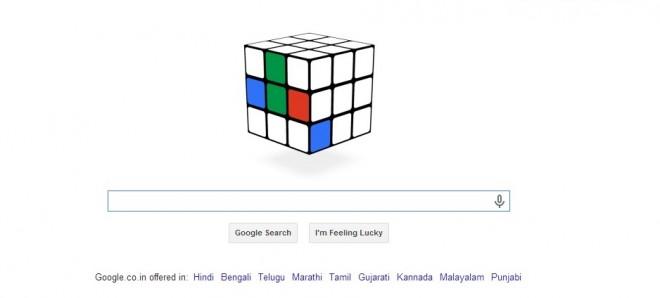
The Rubik's Cube has turned 40, and Google is celebrating the anniversary of the invention of the 3D toy puzzle by posting a playable version of the game on its homepage.
Here are some interesting facts about the world's best-selling toy.
Invention:
The Rubik's Cube was invented by Erno Rubik, a Hungarian Professor of Architecture and Design, in the year 1974. Rubik created the 3-D model to explain spatial relations to his students, and the professor took almost a month to solve the puzzle he created.
Name:
Although the puzzle toy is popularly known by the name of its inventor, this wasn't its original name. It was first introduced in Hungary as the Magic Cube. It was only after the toy was licensed to Ideal Toy Corp. in 1979 that it was rebranded as the Rubik's Cube.
"From my mouth, it sounds strange to call it 'Rubik's cube," the inventor said in a New York Times interview. "If I have a child, I call it 'my child,' not 'Rubik's boy' or 'Rubik's girl.' Naturally, after 40 years, I have a strong relationship with my cube."
World Record:
There are 43 quintillion combinations in the Rubik's cube. The first international Rubik's Cube championship was held in Budapest in 1982, and was won by a Vietnamese student from Los Angeles. The time taken to solve the puzzle was 22.95 seconds.
But since then, the time has been reduced to nine seconds. Today, a robot holds the record of solving the puzzle in the least amount of time. The CUBESTORMER 3 robot holds the Guinness World Record title for solving a Rubik's Cube in just 3.253 seconds.
Various forms on Show:
Over the years, the Rubik's Cube has undergone various transformations, and today it comes in various sizes as well as forms.
The puzzle is available as small as 2x2x2 and it comes as large by 5x5x5. But the most popular size is said to be the 3x3x3. Rubik's Cubes made from wood as well as bejewelled versions worth $2.5 million are available in the market.
Moves to solve the puzzle:
In 2010, a team of researchers found that the cube is logically solvable in just 20 moves.













